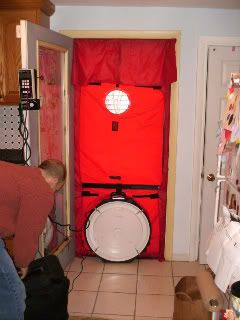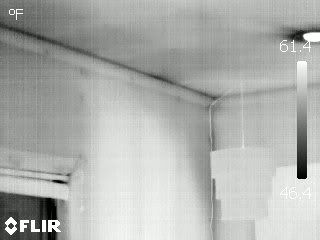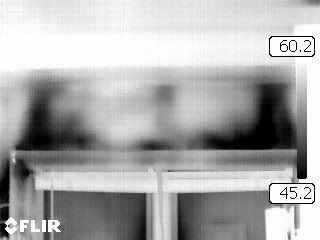Tuesday, March 31 I saw Andreas Kraemer, International Institute for Advanced Sustainability in Pottsdam, founder of the Ecological Institute of Berlin, and currently associated with Duke University, speak at both Harvard and MIT. His subject was the German Energiewende, energy turnaround, energy tack (as in sailing), or energy transition, and also the title of a book published in 1980 (Energiewende by Von F. Krause, H. Bossel and K. F. Müller-Reissmann) 1980 which described how to power Germany without fossil fuels or nuclear, partially a response to the oil shocks of the 1970s, and probably the beginning of the nuclear phase-out. Chernobyl in 1986 gave another shove in that direction and continues to do so as Chernobyl is still happening in Germany with radioactive contamination of soils, plants, animals, and Baltic Sea fish.
In 1990 the feedin tariff began but it was not started for solar. It was originally intended to give displaced hydroelectric capacity in conservative Bavaria a market and a bill was passed in Parliament very quickly, supported by the Conservatives (Blacks) in consensus with the Greens and Reds as they all agreed on incentizing renewable, local energy production through a feedin tariff on utility bills. Cross party consensus on this issue remains today. This is not a subsidy but an incentive with the costs paid by the customers. The feedin tariff has a period of 20 years and some have been retired.
Solar began with the 1000 roofs project in 1991-1994. There are 1.7 million solar roofs now although, currently, Spain and Portugal have faster solar growth rates than Germany. Renewables provide 27% of electricity, have created 80,000-100,000 new jobs directly in the industry, up to 300,000 if indirect jobs are added, and is contributing 40 billion euros per year to the German economy. By producing energy domestically Germany has built a local industry, increased tax revenue and Social Security payments, and maintained a better balance of trade through import substitution. During the recession that began in 2008, Germany had more economic stability and was even able to expand the renewable sector because steel for wind turbine towers was available at lower prices and financing was forthcoming.
Electricity prices have risen but slower than gas and oil and coal. Households pay 28-29 euro cents per kWh. Industrial cost is 3.3-3.7 per kWh plus transmissions costs, about 6-8 euro cents per kWh.
Germany plans to have 1 million electric vehicles by 2020. Electric cars and trucks will have batteries that can act as electricity storage but there will also be a large proportion of electric bikes. 25% of energy from gas by 2020, some of which will be renewable biogas and increased use of combined heat and power and district heating. The chemical industry is anxious to see over-capacity of renewables so that they can use some of the cheap electricity to make hydrogen, methane, and other hydrocarbon fuels. The aluminum recycling industry is running their plants during low demand hours when electricity prices are low and driving their foreign competitors out of the market. The grid even survived the recent solar eclipse quite well and is preparing for the next one in 2026.
Nuclear is down to 12% from 27% of electricity at its peak. There were 19 nuclear power plants and are now only 11 operating. The last will be closed by 2022 and there is enough nuclear fuel for that already in the country. Germany is not alone in phasing out nuclear as Switzerland and Belgium are doing the same. Greece, constitutionally, and Austria, by policy, have outlawed nuclear power in their countries. The continuing dangers from Chernobyl's releases and the example of Fukushima have reminded people that since 1952, a nuclear power plant core melts every 5-7 years or so. France is discovering that it costs as much to take down a nuke as to build it, at least 25% more than they set aside for decommissioning. Germany is estimating a billion per nuclear power plant to decommission but there is already more money set aside by the operators, just in case. The costs of decommissioning are expected to be so high that some operators may be allowed to go bankrupt.
Germany has actually been a net exporter of electricity for the past 15 years. Coal electricity in Germany is exported to France and the Netherlands when needed but the coal industry is not amortizing the costs of their plants. If this continues, coal operators may go broke.
Russian gas is 4% of electricity and 9% of the economy. German industry says that Russian firms are more reliable partners than the USA in relation to gas supply, pipeline maintenance, and construction. However, Germany and the EU are taking steps toward energy independence as they look at the situation in the Ukraine.
The Energiewende is built around security, reliability, affordability, and environmental safety. It started as energy policy but is now also climate policy and the 100% renewable, systems efficient, carbon-free future Germany is builidng for itself.
See http://kombikraftwerk.de for simulations of Germany powered by 100% renewables, using existing technologies and without demand response and advanced energy efficiency (exergy, exergy, exergy).
Kraemer thanked the US for inventing photovoltaics and starting the wind industry, both of which have been developed by, respectively, the Japanese and Chinese and the Danes from the 1980s on. The US is ahead of Germany in smart grids and, even though Germany can now build house that produce more energy than they consume, they could learn from some of our energy efficiency techniques.







